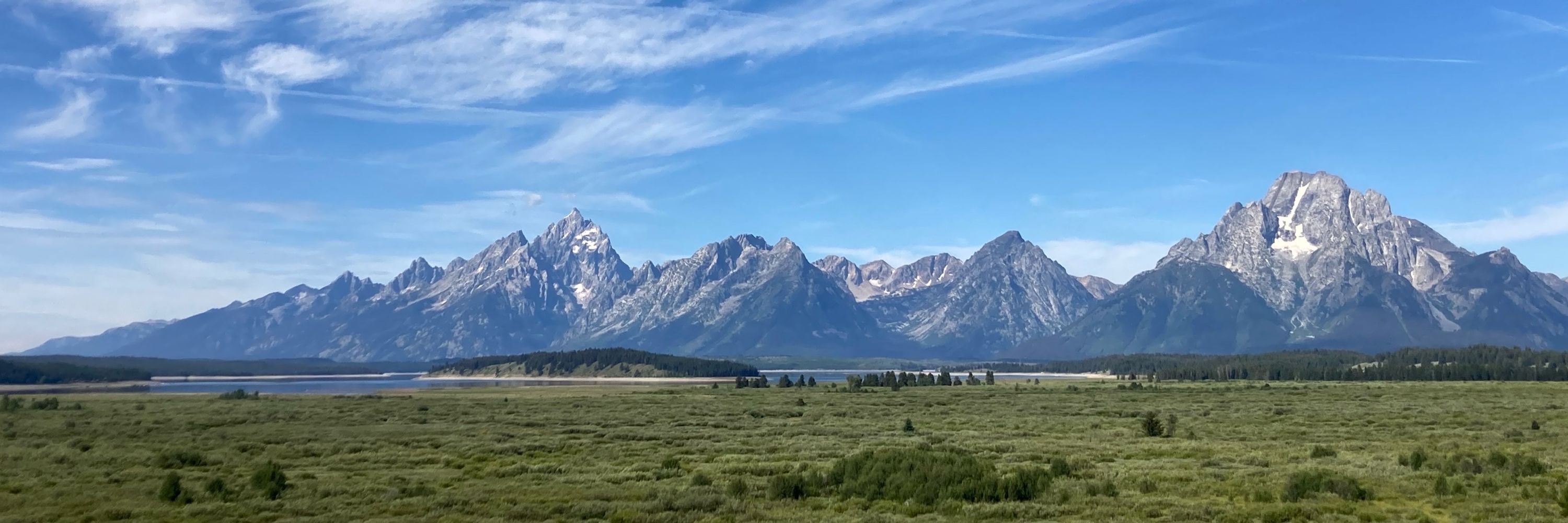
https://mictott.github.io

Congrats to all the authors on this huge effort!
Check it out, get in touch. We welcome any feedback, suggestions, wishes (& contributions).
It’s been a joy working with you @estellayixingdong.bsky.social!
Congrats to all the authors on this huge effort!
Check it out, get in touch. We welcome any feedback, suggestions, wishes (& contributions).
It’s been a joy working with you @estellayixingdong.bsky.social!
Check it out, get in touch. We welcome any feedback, suggestions, wishes (& contributions).
It’s been a joy working with you @estellayixingdong.bsky.social!
Here the largest fraction is for R01 awards, followed by RF1s, and R21s.
In most cases, these were R01s that had not particularly reason to be forward funded except that NIH had put itself in a situation when large amounts of funding needed to be committed by the end of the fiscal year
21/25





@svitlanabach.bsky.social and all co-authors! 🧪🧬💻🧠

@svitlanabach.bsky.social and all co-authors! 🧪🧬💻🧠
Thank you, Keri!
@mictott.bsky.social is on the job market!! Amazing skillset spanning wet lab/computational at molecular, cellular + systems level - and across species!
Thank you, Keri!
@mictott.bsky.social is on the job market!! Amazing skillset spanning wet lab/computational at molecular, cellular + systems level - and across species!

@mictott.bsky.social is on the job market!! Amazing skillset spanning wet lab/computational at molecular, cellular + systems level - and across species!










was able to precisely capture the basolateral complex from 5 human donors. We then performed cross-species integration to decode subnuclei origins of human amygdala cell types. 3/13

was able to precisely capture the basolateral complex from 5 human donors. We then performed cross-species integration to decode subnuclei origins of human amygdala cell types. 3/13



